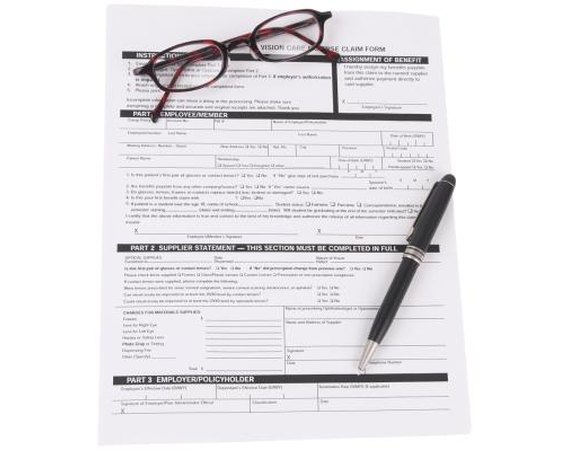
A note payable is a type of contractual debt agreement between a borrower and a lender. The terms of a note payable will typically contain the stated interest rate as well as a compounding period, if any. When compound interest is used, it is important for borrowers to realize that the actual interest rate paid on the note may be significantly higher than the stated or nominal rate.
Compound Interest
Compound interest is a term used to describe an interest accumulation method in which interest accrues not only on the principal of the original loan but also on the interest that is accrued on that principal. For example, if a loan of $100 was made at a 5 percent interest rate, the interest during the first period would be $5, while the interest in the second period would be $5.25. The extra $0.25 comes from the fact that the previously accrued $5 in interest has interest applied to it.
Nominal Interest Rate
The nominal interest rate of a note payable is the rate explicitly stated in the agreement. For example, an agreement might state "Interest on this note payable is in the amount of five percent of principal and accrued interest, to be compounded annually for a period of 10 years." In this agreement, the nominal interest rate is the 5 percent rate stated.
Actual Interest Rate
The actual interest rate of a note payable is the interest rate that is effectively charged once compound interest is taken into account. In the example above, the actual interest rate relative to the $100 principal in the first period was 5 percent, the same as the nominal rate. However, during the second period, the interest rate relative to the $100 principal increased to 5.25 percent.
Calculating the Effective Interest Rate
The effective interest rate is calculated using the following equation: E = (1 + N/T) ^ T - 1, where "E" is the effective interest rate, "N" is the nominal interest rate and "T" is the number of compounding periods. For example, if an agreement specifies a 5 percent nominal interest rate compounded annually over 10 years, the equation would be: E = (1 + .05 / 10) ^ 10 - 1 = 5.114 percent.






0 comments:
Post a Comment